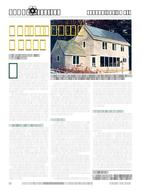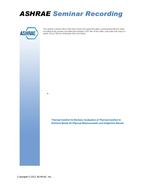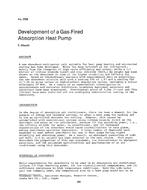Porous insulation materials can easily acquire moisture, especially when subject to dynamic change of boundary temperature. The acquired moisture can cause numerous adverse impacts. This investigation proposes to model bulk gas flow, heat transfer, convection and diffusion of water vapor, and phase change of moisture in porous material. The air mixture is assumed consisting of dry air and water vapor, whose permeation through the porous media is modeled by the Navier-Stokes equations adopting the Brinkman-Forchheimer extended Darcy’s Law. The temporal buoyancy force was represented by the Boussinesq density model based on the dynamically updated temperature field. The above models were applied to solve the transient moisture transfer in a sponge block when it was shifted from a low-temperature and dry condition to a high-temperature and humid condition. After comparing the predicted temporal liquid gain with the measurement, it shows that the developed model is able to accurately solve the fluid flow, heat and mass transfer in the porous insulation material. The inclusion of the convective flow is meaningful when porosity is large (not smaller than 0.95). Specification of a correct porosity, effective porosity, tortuosity factor, and heat conduction coefficient is critical to the numerical modeling accuracy.
Citation: ASHRAE Papers CD: 2014 ASHRAE Annual Conference, Seattle, WA
Product Details
- Published:
- 2014
- Number of Pages:
- 8
- File Size:
- 1 file , 4.6 MB
- Product Code(s):
- D-SE-14-C073


